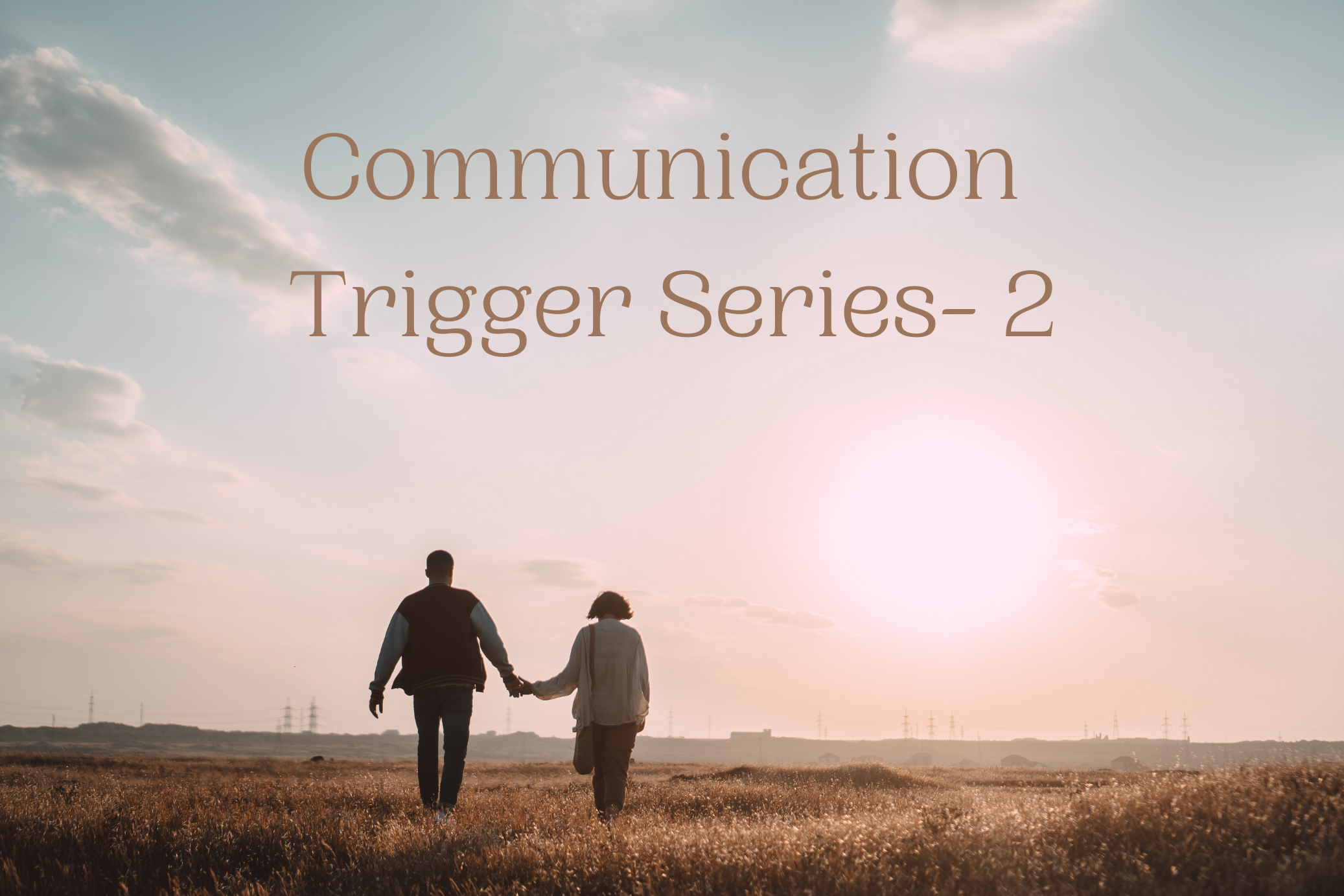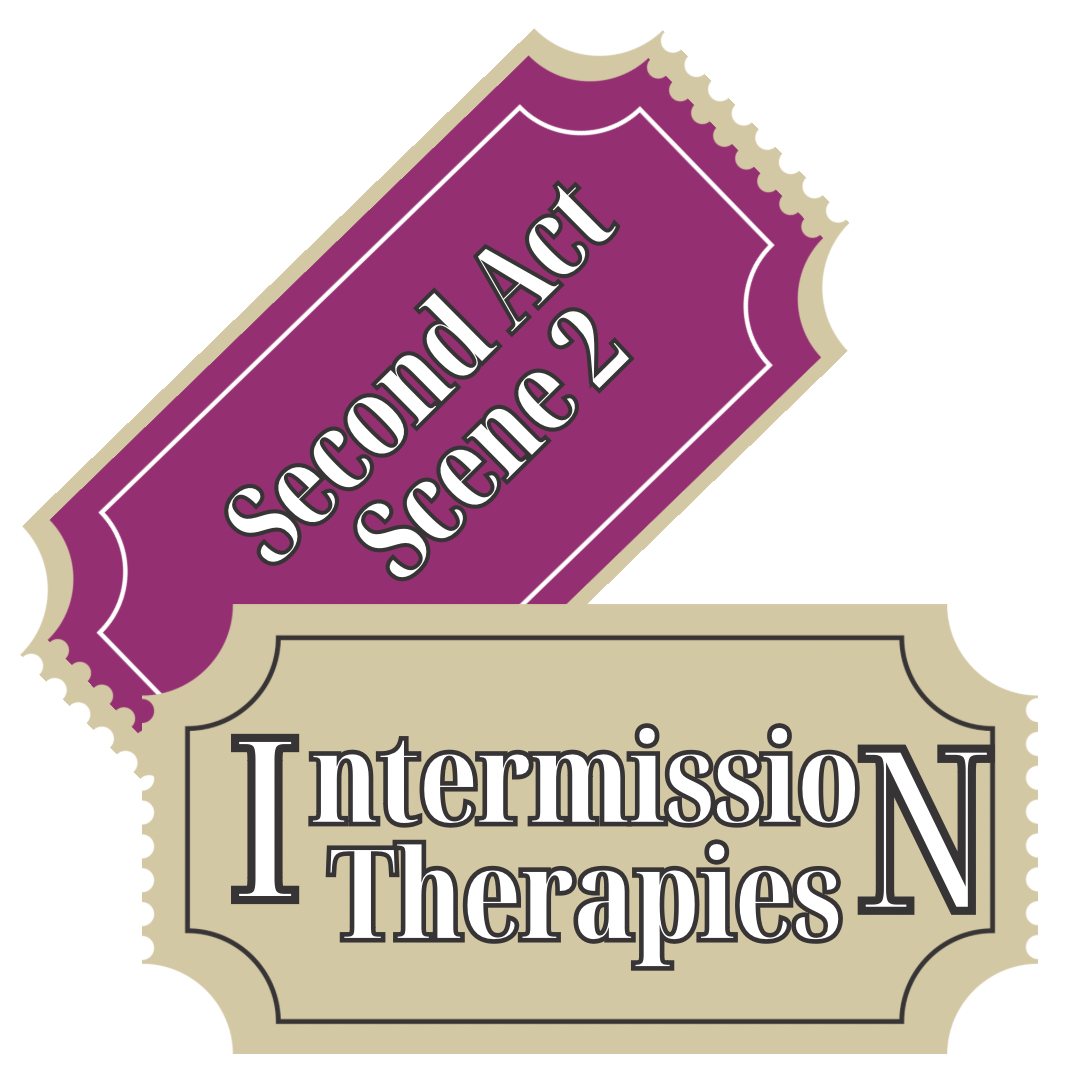Communication Trigger Series- Communication Trigger Choices & Replacing Negative Triggers with Positive

Communication is one of every couple’s biggest challenges. We are often so unconscious of what we say and do that we end up setting off our partner without even realizing it. Lots of couples come to me confused, hurt and disappointed. They want to know: “Where did things go wrong in my relationship?” Most of the time what I see is that they are triggering their partner, no doubt their partner is triggering them also.
Here is an example of triggering your partner. Think of a gun firing. You press that little lever, the trigger, and the gun goes “bang!” So, when you trigger your partner, picture pressing their trigger, setting them off with a “bang.”
That response comes from a positive trigger, such as something you said that gets them running over to hug you because you’re so wonderful. Or the response can be a negative trigger, like when you watch the love of your life storm out of the room their face flush with humiliation. It’s all about communication and doing it the right way to ensure you create a match made in heaven instead of buying yourself a ticket into relationship hell.
This post will teach you how to steer clear of negative triggers and instead choose words and actions that promote a healthy relationship. It will also give you some examples of what communication triggers are and explain how they can either support our efforts to create a great relationship or pull the rug out from under us. After this blog you will know the appropriate thing to say because you will have learned three things: what a trigger is and how to recognize it, how to steer clear of negative triggers and how to replace bad triggers with positive ones. There are more than just verbal triggers but are also nonverbal miscues that can strike a sour note with your partner, triggering a negative response.
Triggers WILL come up in any relationship. The key is learning how to deal with them, and you have one of two options. You can avoid the trigger altogether or you can change your language to turn a negative trigger into a positive trigger. You decide which on a case-by-case basis, depending on what works best in your relationship. An example is your husband is out of work and you become frustrated and said, “when are you going to get off your lazy butt and get a job!” Now that’s triggering all sorts of emotions inside of him. Maybe he already feels like a failure and is scared you and the kids are losing respect and love for him. What could you do instead?
Replace negative triggers with positive triggers with something I call Neutral Talk. Neutral talk is a type of positive trigger, making people less likely to become defensive. Instead, they’ll be more likely to open up about what’s going on in their life and share their feelings. Everyone has a touchy topic that can draw out a negative response, so how you choose to approach those topics with your partner can either trigger a healthy response bringing you closer or drive a wedge between you. With the example above you could ask instead, “How are things going?” It’s an open-ended question that would allow your husband to answer without feeling defensive. Without him closing off he might be more inclined to say, “The job search is not going well.” You have just opened up a conversation avenue instead of hitting a communication dead end.
The majority of community problems come from being unaware, so the key is to become conscious of triggers and learn what to do when you pull one.

